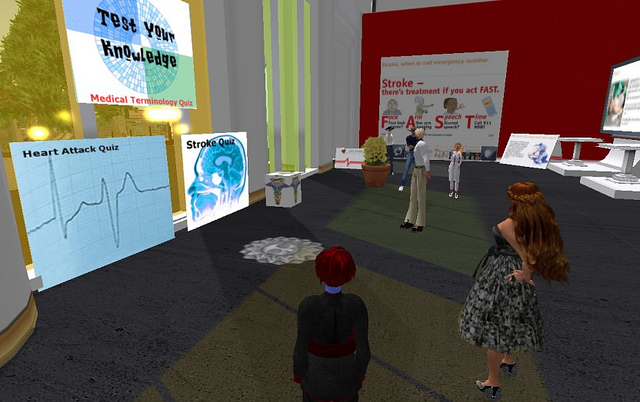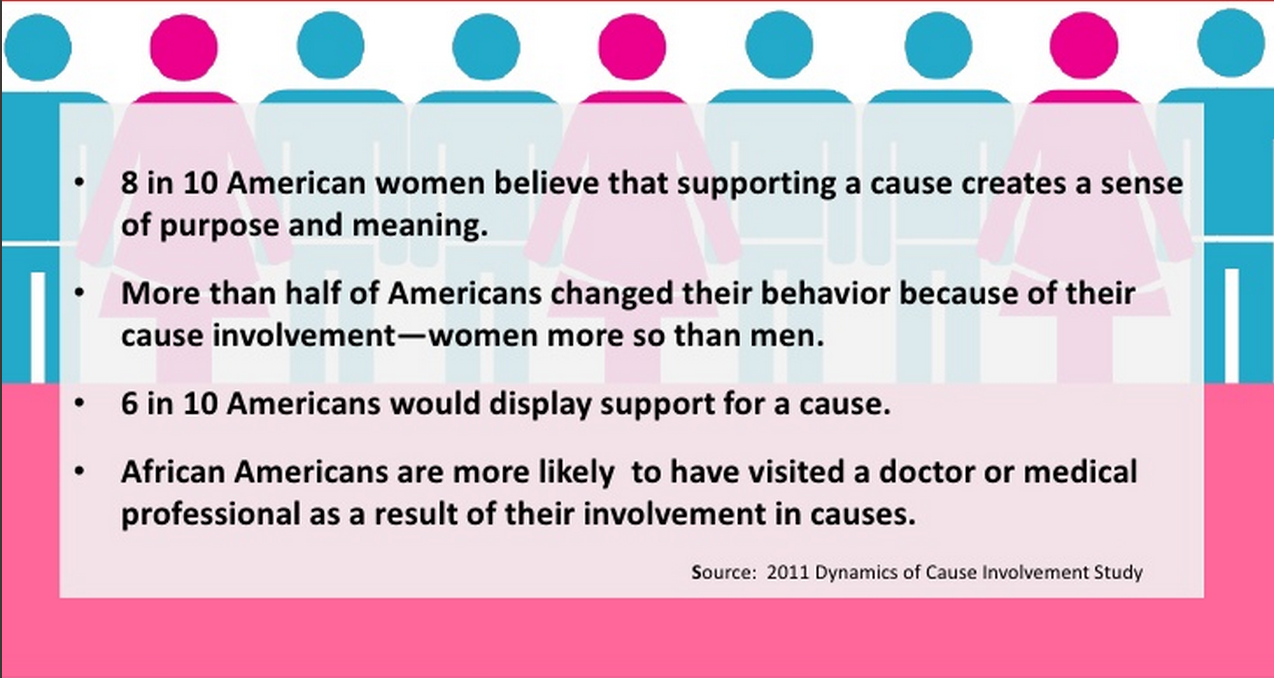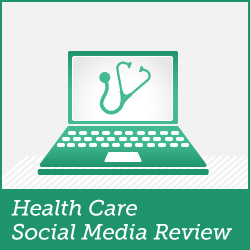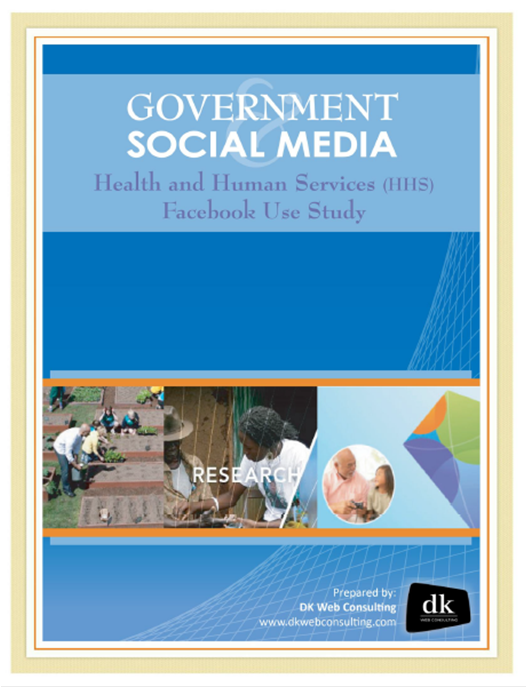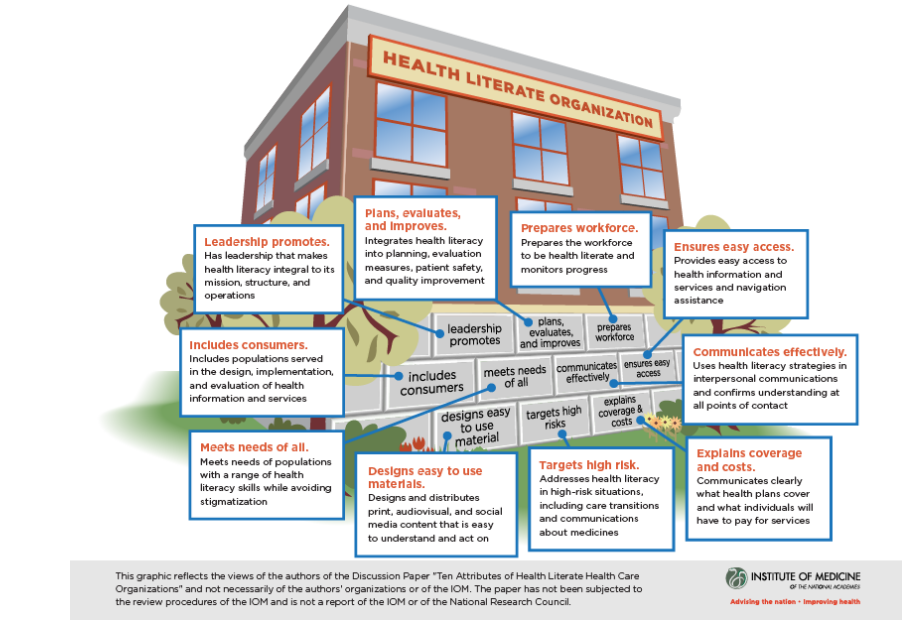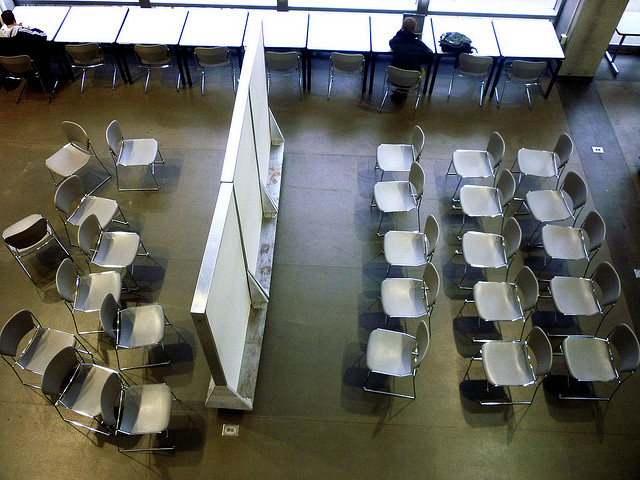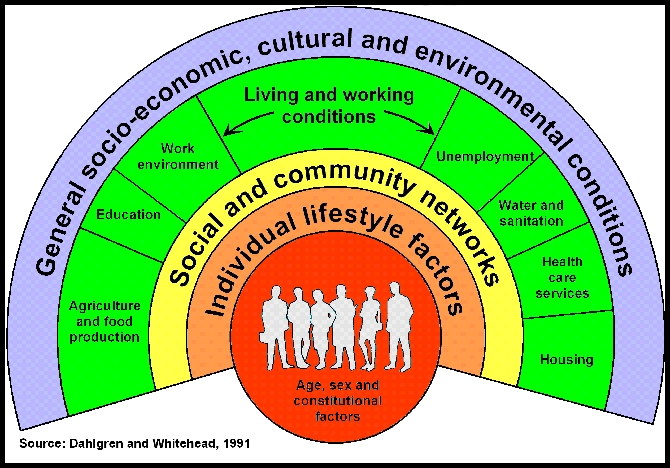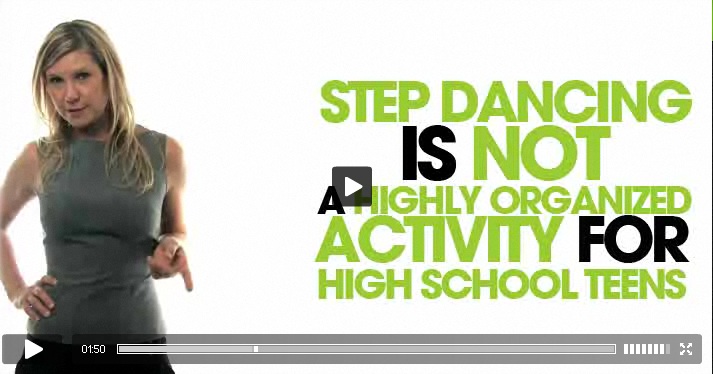How do you think about your content?
A new comScore report reminds us that audiences are not audiences and that content can be discovered as much as broadcasted. According to the report, Instagram tops Twitter in mobile engagement achieving an average of 7.3 million daily active users compared with Twitter’s 6.9 million. This means 7.3 million people access and use Instagram on any given day. What’s more, the study also found that the average Instagram user spends more time accessing the app, 257 minutes compared to 169.9 minutes spent on Twitter.
Sharing Experiences

image courtesy of reavel
Does anyone else feel like Twitter has become a broadcast mechanism? I’m guilty of this myself. But Instagram, now that takes true imagineering. Just look at Sharpie for inspiration. Rather than trying to configure Instagram into a promotional tool, Sharpie uses it for storytelling with its images receiving an average of 1300 likes and over 21 comments.
For those unfamiliar, Instagram is a photo-sharing application that can be downloaded for iPhones, iPads, and Android devices. You know–that app Facebook bought for a billion dollars? You snap a photo and can apply a variety of filters to it to make it look weathered, faded, vintage, or enhanced. While you follow friends like you might on Twitter, the use of hashtags become all the more important as people tag photos as a main way to find content. Oh, and there’s a number of third-party apps to play with as well.
What makes Instagram unique is that is can capture moments, visually, from one person or from a crowds–while on the go. As Geoff Livingston shares, “People are sharing real experiences [on Instagram].” Another descriptor: “The revolution won’t be televised, it will be instagrammed.”
7 Unique Examples of Using Instagram for Good
With over 40% of the top brands on Instagram, I’ve rounded up some examples of using Instagram for good that go beyond Mashable’s list of 10 inspiring nonprofits using Instagram. If you know of others, please add them in the comments below!
- Bay Area Rapid Transit (BART) InstaWalk: East Bay Instgrammers, are one of three large Instagram groups in the Bay Area that organize photo-walks. This past January, their photo walk was amongst the BART system. If you want to address commuter health or promote walking, biking or taking the rail to work, this could be up your ally. Note: There are InstaWalks and then there’s InstaMarketing.
- Green NYC: The New York City Government is using Instagram in its Green NYC initiative by having their Mascot, Birdie, snap and share photos of his New York adventures. Green NYC looks to reduce greenhouse gas emission by encouraging New Yorkers to reduce their energy use, choose a more sustainable lifestyle, and take small actions that will help shrink the citywide carbon footprint and improve environmental quality.
- The #Kenya365 Instagram Project: A grassroots group of friends are starting a photo-a-day hashtag #Kenya365 to highlight life and community in Kenya. How can you expand perceptions of a geographic location or use the picture-a-day concept for your mission?
- Capturing moments: This may be taking things too far but Instagram was recently used to livestream a toddler’s open heart surgery. How can you provide access to big events or give view to the inbe-details of your work?
- U.S. Forestry Service’s Digital Leaf Press: Using Instagram, the service is taking conservation education digital! How else could you use Instagram for education?
- From Instagram to Inspired Media: This link actually shares five brillinatly creative uses of Instagram. While not necessarily social good specific examples, the creative concepts could be easily adaptable–an instagrammed music video? menu? mosaic art? Say no more.
- Advocating Through Visual Storytelling: Jana Baldwin, activist and blogger is a graduate of The George Washington School of Public Health who observed how many students never left campus to understand how different life is from NW to SW to NE to SE in Washington D.C. Thus, NW to SE was born where Jana sheds light on differences in life and culture within DC’s own city limits focusing on public health and safety issues. Instagram has become her latest tool of choice, sharing compelling images that capture life from NW to SE.
Try it out: Visual content shouldn’t be an after thought. See how your organization or content area is viewed on Instagram. Use tools like Pinstagram, Webstagram and Statigram to search hashtags like #climatechange, #empowerment or #medicare. Are you inspired?

